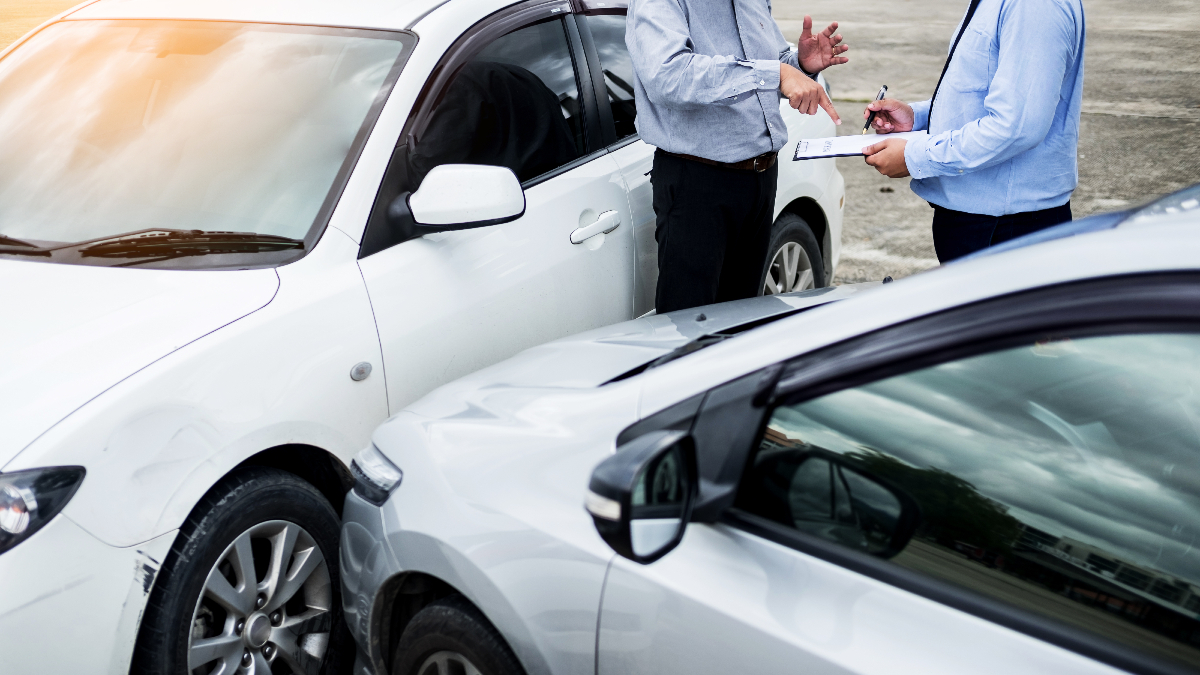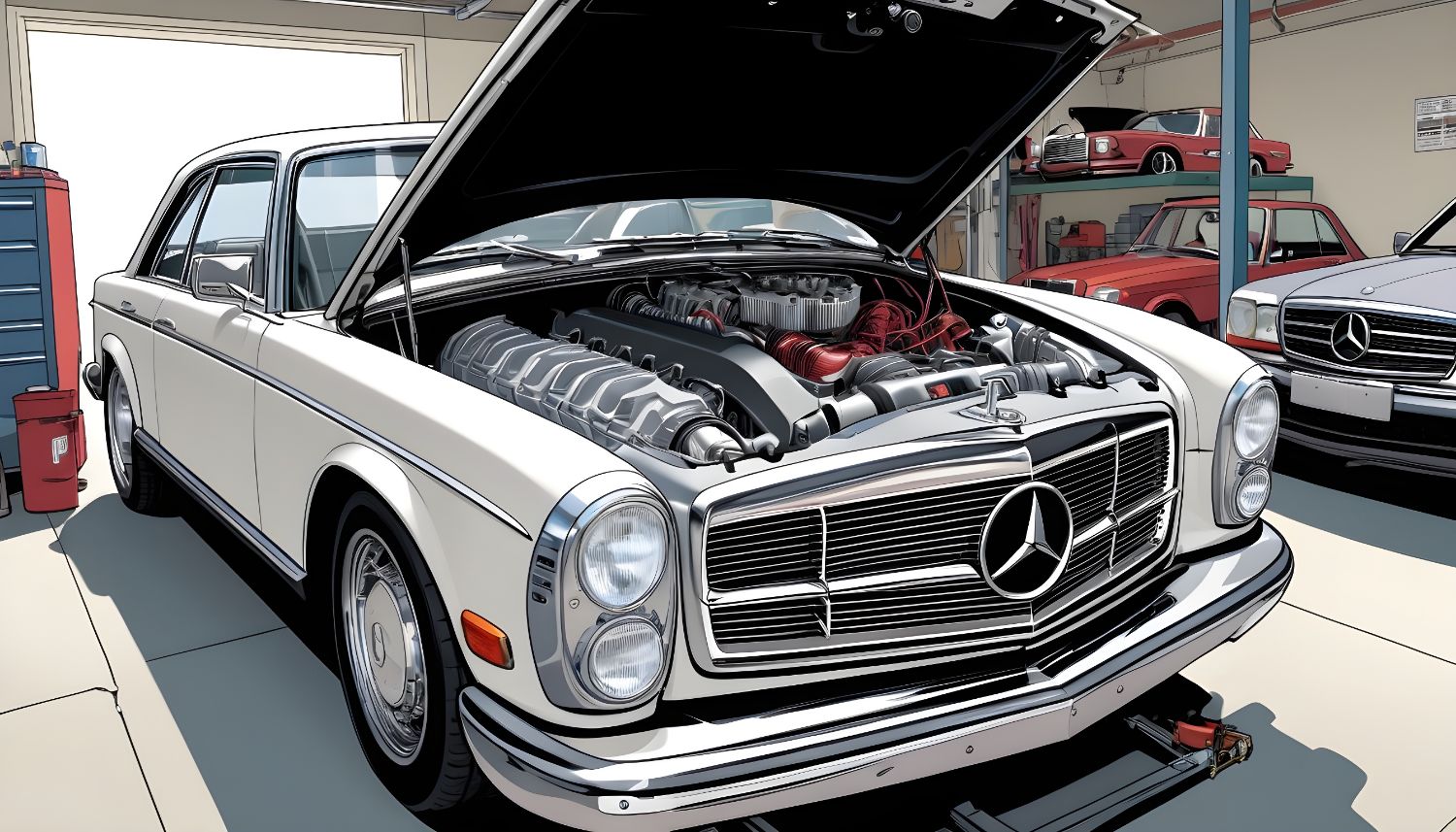
Car accidents can not only cause physical harm, but they can be traumatic as well, so it’s important to seek proper compensation for what you’ve been through. The first step to do that is to determine who was responsible for the accident. That can be done in a number of ways, however, the location of the damages on the car that was hit can say a lot about what transpired. While it’s not always cut and dry, there are some good guidelines that one can rely on to figure out what happened.
1. Rear-End Collisions
It’s important to note right at the start that the location of the damages cannot be the only thing that proves fault. However, as the personal injury lawyers from https://braunslaw.com/lawrenceville-car-accident-lawyer/ explain, the location can be very indicative of what happened to the trained eye. The vast majority of rear-end collisions are due to the driver behind following too closely – this includes tailgating, distracted driving, and other things that can cause a driver to not be paying attention. On the other hand, it could be that it was caused because the first driver suddenly slammed their brakes. Determining who’s at fault in these cases heavily depends on extenuating circumstances. For example, even if the driver pulled to a stop suddenly and unexpectedly, if the driver behind him didn’t stop in time because he was speeding or tailgating, he’ll likely be held at least partially responsible.
2. Head-On Collisions
The damage on the front end of a car is generally more indicative of what happened in a head-on collision than the rear. Most often they occur when one driver is going against the flow of traffic. This could happen because someone made a sudden turn in order to avoid a hazard on the road like a stalled car, or it could happen because someone was driving in the wrong lane. Because both of these cases aren’t something other drivers can reasonably expect to happen, it’s much safer to say that the one who’s going against traffic is responsible. Whether it will be determined that they are liable to pay for the damages that occurred is not as obvious. If their action – such as swerving to avoid someone running across the road, was justified then the liable party might be the one that caused them to do so. On the other hand, if there was no real reason to do what they did – the driver can be held responsible and liable.
3. T-Bone Collisions
Once again, the damage to the front end of a car in a T-bone collision will be more indicative of what occurred. It’s important to note that this type of accident is much more likely to occur when one driver runs a red light or stop sign. The vehicle came from the side because they either didn’t see it or failed to stop in time. If the front face of the car with damage on it is banged up and folded over, it’s safe to say that the driver at fault most likely ran into the other vehicle. On the other hand, if there’s scuff or scratches on that part but no obvious damage, then it was more likely caused by the collision.
4. Expert Testimony
While experienced lawyers, judges as well as law enforcement officers can get a pretty good idea of what transpired based on the damages to the car, in cases like this, expert testimony is usually called for. An expert witness is one who is highly skilled in a certain field, and they’re called to provide testimony that can help the court reach a verdict. This type of professional will look at the car damage as well as how it’s fixed or treated before looking for patterns to determine what happened. Sometimes they can be called to testify by the defense or the prosecution, and they can provide testimony in a deposition before the case even goes to court. Other times, the judge might ask for them to testify if they determine that other evidence presented to the court wasn’t enough.
5. The Extent Of The Damage
Another factor that plays a role in determining fault and liability is the extent of the damage. This is why you’ll often see police officers taking pictures of the damage to vehicles, and it’s also why it’s important to get an estimate from a reputable body shop if your vehicle has been in a collision. The estimate will include the costs of damages as well as how much it would cost to fix the car. If the extent of the damage is minimal then it’s unlikely that there was serious fault or liability. It’s also more likely that the driver with the least damage won’t be able to receive compensation for their damages. If there’s a big discrepancy and one of the drivers has an estimate that is significantly higher than what the other car needs, they can use this to make a case for how it was their fault and why they should pay to repair the vehicle.
In short, while the location of the damages made to a car can be very indicative of what happened, it’s most likely not going to be enough on its own to prove who’s at fault for a car accident. That said, it is a major contributing factor to that, and it does help in cases where the circumstances surrounding the accident are not very clear.




